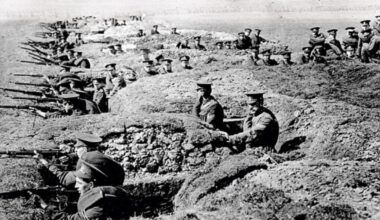Dynastic matches often began as paperwork and pressure, not romance. Yet some couples found their footing, learned each other’s habits, and built trust that outlasted court gossip and political storms. They shared counsel, steadied economies, and softened hard lines between cultures. Love grew in the margins of treaties and travel schedules, often revealed in small details like a shared ritual or a private letter. What follows highlights unions that started as strategy and matured into genuine partnership.
Queen Victoria and Prince Albert
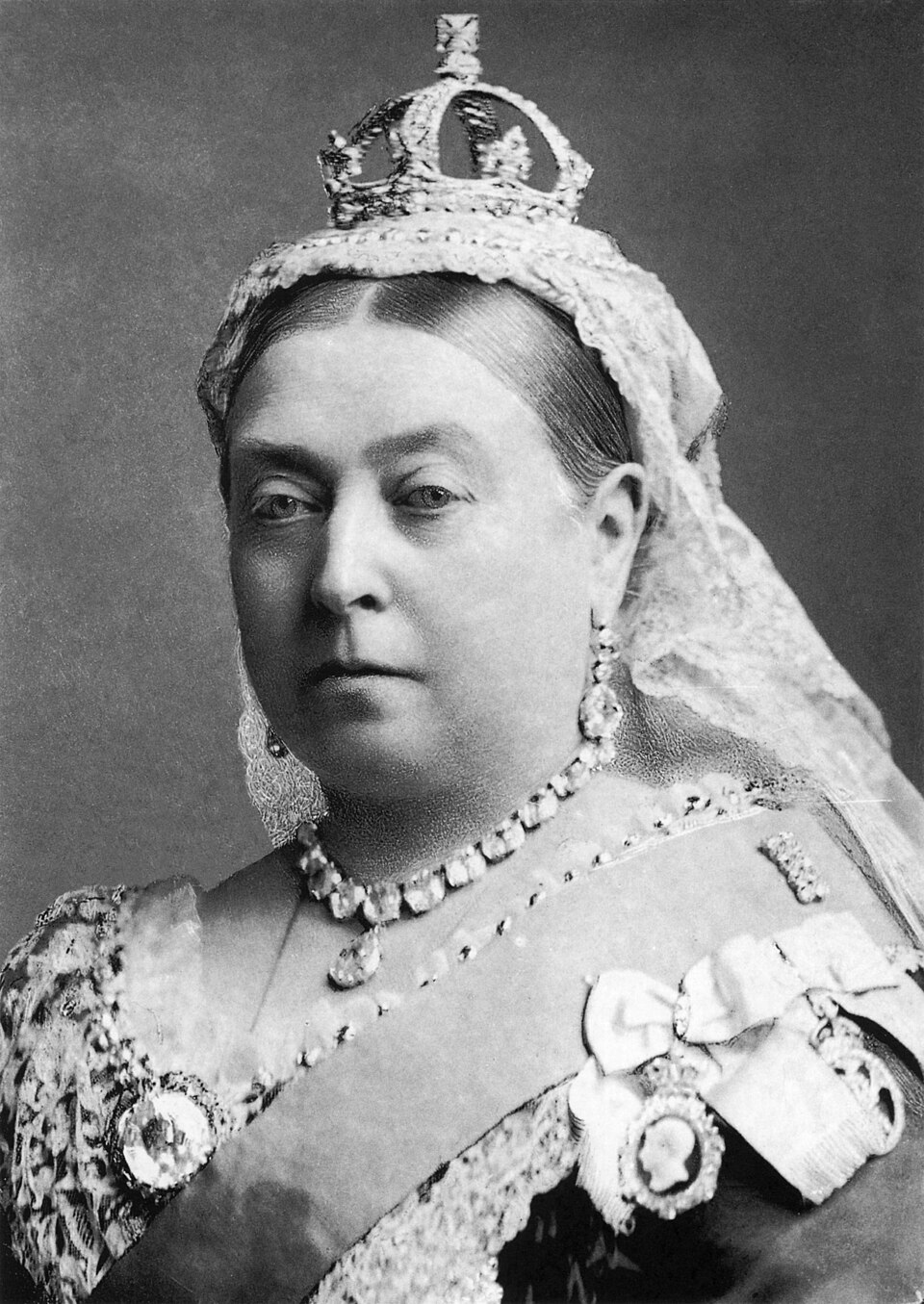
Introduced through family planning, Victoria and Albert turned duty into daily collaboration. He reorganized household roles, championed science and design, and helped shape the Great Exhibition’s confident message. She relied on his judgment in policy and patronage, and their home life modeled warmth for a changing middle class. Public affection grew around their image because it felt real. After Albert died, her decades of mourning read less as performance than proof of a bond that had remade the crown.
Shah Jahan and Mumtaz Mahal
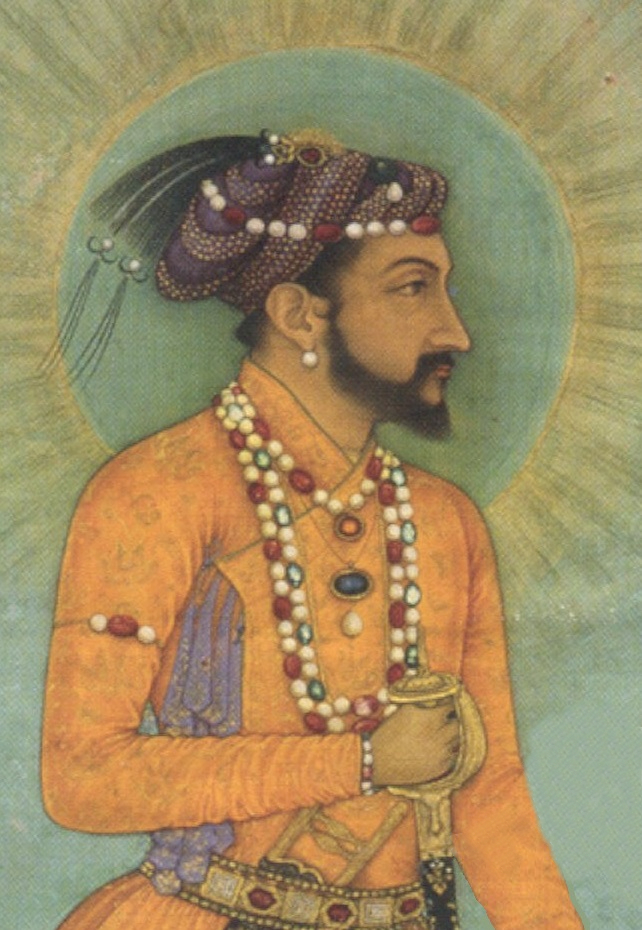
Their engagement linked elite Mughal houses, but the marriage ran deeper. Mumtaz traveled with the emperor, heard petitions, and guided charitable grants, becoming a trusted presence in camp and court. When she died in childbirth, grief took architectural form in the Taj Mahal. The mausoleum’s balance and light signal more than imperial wealth. They suggest a ruler keeping faith with a shared private world, turning memory into stone and giving love a scale that still quiets crowds.
Akbar and Mariam uz Zamani

A Rajput alliance brought the Amer princess into the Mughal fold, and respect shaped the household. Mariam uz Zamani managed large estates and maritime trade and used her influence to protect diverse worship. Akbar’s policy of accommodation ran through family rooms as much as councils, where scholars debated and officers rose by talent. Their partnership steadied an expanding empire by linking affection to pragmatism. Tolerance felt less like theory and more like how a family chose to live.
Ferdinand of Aragon and Isabella of Castile

Arranged to solve a Iberian power puzzle, their union became a working co-monarchy. They signed decrees together, toured restive towns, and rebuilt fiscal systems that could support armies and administration. Personal unity made regional merger believable, even before Spain existed as a single state. The message was simple and strong. Two rulers who trusted each other could ask different kingdoms to trust the project, too. Love here looked like patience, travel, and long hours at the same desk.
George V and Mary of Teck

Duty first introduced them after his brother’s death, yet fondness followed and deepened. Mary’s calm intellect balanced George’s reserve, and together they steered a cautious court through war, labor unrest, and new media. They trimmed excess, elevated service, and let steadiness be their brand. The public read their partnership as ordinary and reliable, which was the point. Affection showed in small consistencies that outlasted fashion and scandal and carried the monarchy into modern life without drama.
Kublai Khan and Empress Chabi
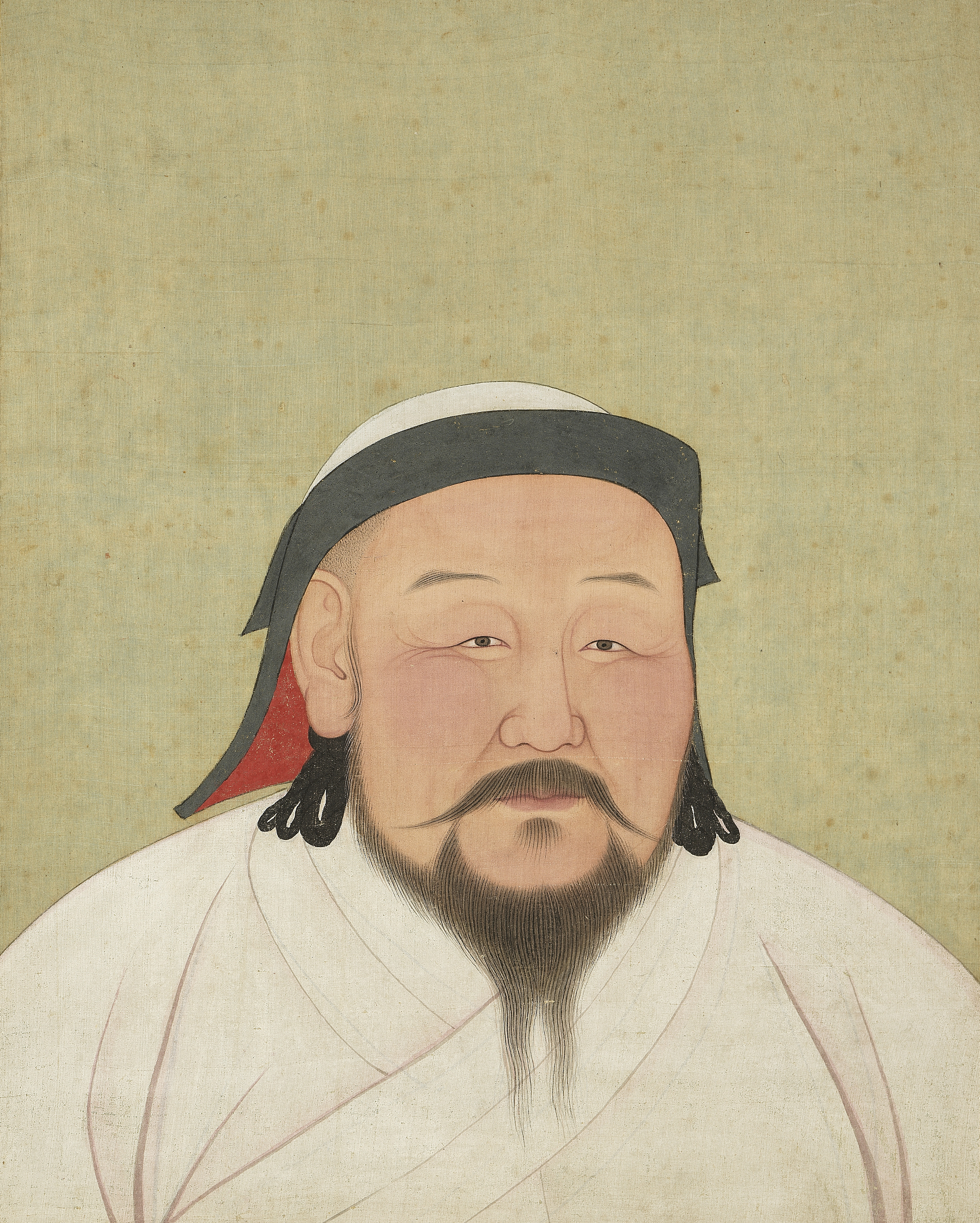
Matched within Mongol aristocracy, Kublai and Chabi built a style of rule that could hold a multiethnic empire. Chabi advised on famine relief and taxation, promoted religious tolerance, and shaped court ceremony that felt credible to Chinese elites. Chroniclers note her presence in decisions on patronage and appointments. Their closeness kept policy from hardening into conquest alone. The result was a Yuan court that blended steppe authority with urban administration, and a marriage remembered for clear counsel and care.
Menelik II and Empress Taytu Betul
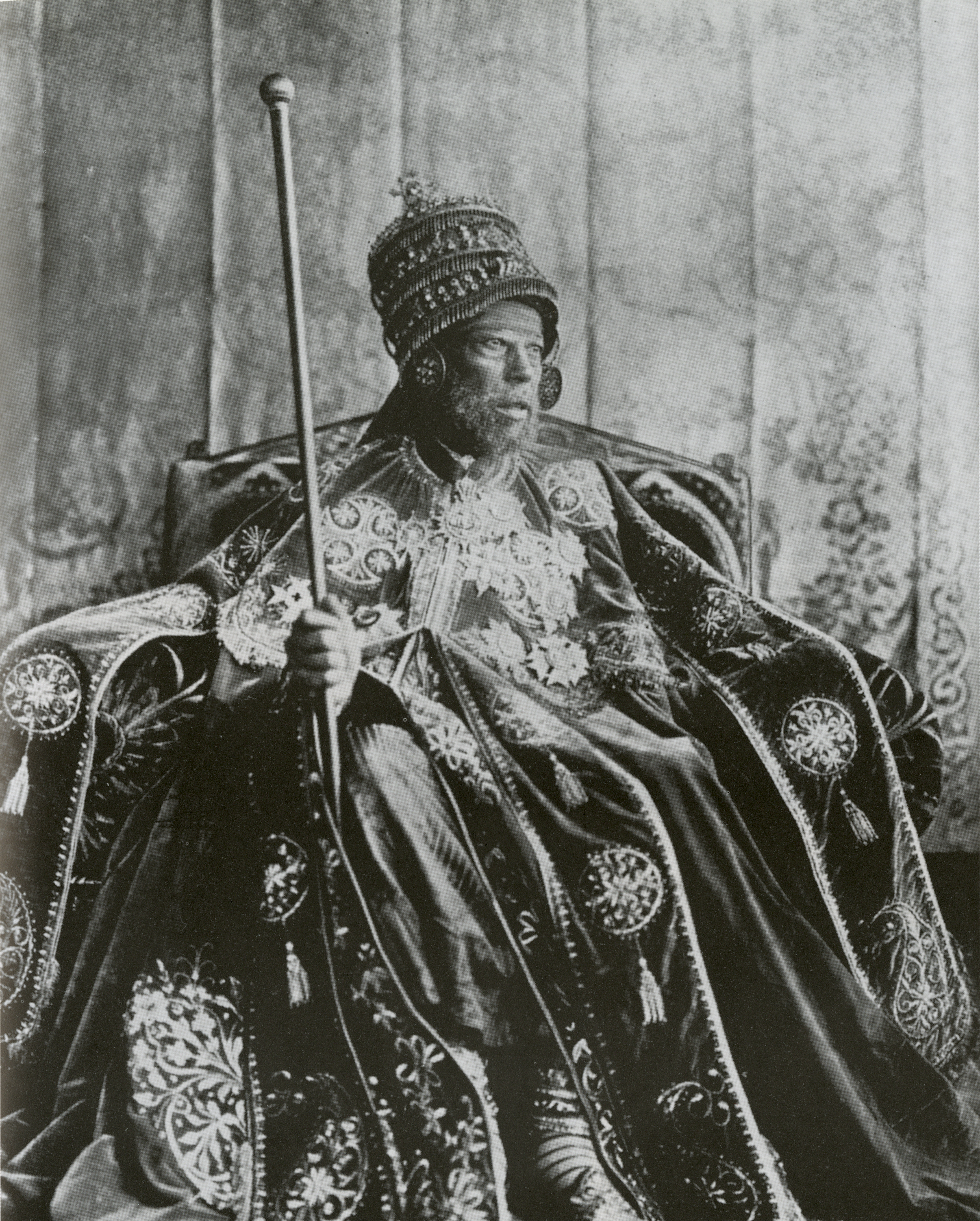
This political match turned into a force. Taytu read treaties closely, pushed back on foreign pressure, and co-founded Addis Ababa with an eye for trade routes and water. At Adwa, she backed logistics and morale in ways that mattered. Letters suggest sharp affection under shared purpose. Two strategic minds, well paired, can make independence last. Their city still shows the imprint of that teamwork, from markets to ministries, where sovereignty was not just declared but maintained.
Emperor Meiji and Empress Shoken
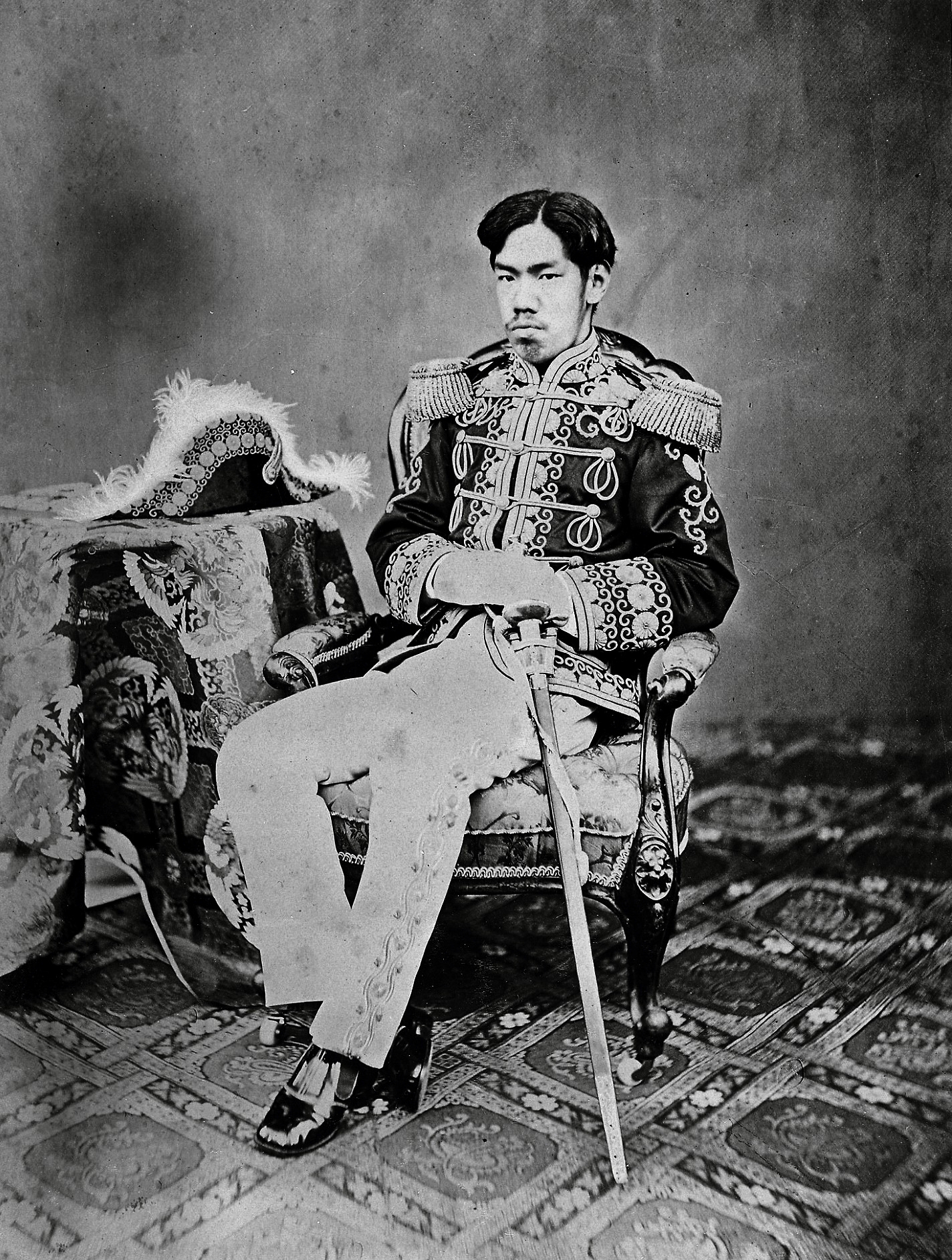
A court arrangement placed them at the center of breakneck change. Shoken advanced education and social welfare and helped seed the Japanese Red Cross, giving modernization a compassionate face. Meiji balanced ritual with reform, and their quiet rapport steadied a country moving from samurai ranks to railways and factories. The symbolism worked because the marriage worked. Ceremony met competence, and private trust kept public transformation from feeling rootless or harsh.
Songtsen Gampo and Princess Wencheng

Peace terms shaped the match between Tibet and Tang China, then fondness added momentum. Wencheng brought artisans, texts, and images that supported Buddhist practice, and the king backed temple building and study. Legends thread their names through Lhasa’s sacred sites, but behind the stories sits a practical partnership. Culture flowed in both directions through marriage rooms and mountain roads. Affection made the transfer easier to accept and gave early Tibetan Buddhism a royal, human frame.
James VI of Scotland and Anne of Denmark

Agreed by Protestant courts and tested by rough seas, their start was not graceful. On land, warmth took hold. Surviving letters show playfulness and need, and at court their presence together softened factional edges. When the crowns joined in London under James I, Anne’s patronage lifted theater, architecture, and style. The political gain became personal comfort, then public tone. Two readers and talkers found a rhythm, and kingdoms learned to hear it.


